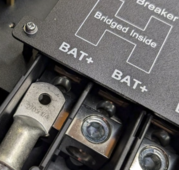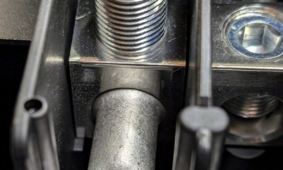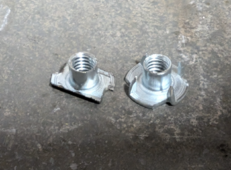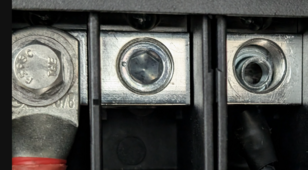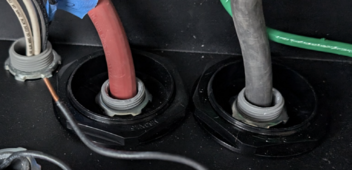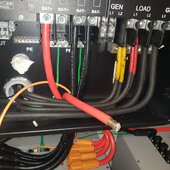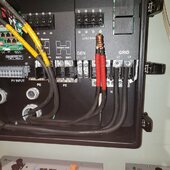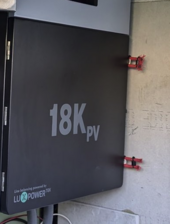dielectric
New Member
- Joined
- Dec 5, 2022
- Messages
- 82
Hello, friends
The monster inverter has just arrived. ("EG4 18kPV" by Luxpower).
It has what looks like a large set screw for connecting battery cables. Same for grid & load.
While grid and load wires I have are multi-strand but the stiff kind they will work with a set screw
But my battery wire is a "welding" type of fine-strand 2/0.
The monster EG4 is replacing something else and I already have very well crimped terminals on them wires sized for M6 or M8 (don't remember exactly).
What is the accepted way of doing this ?
I can cut off the rings and keep what's left as a "ferrule".
I don't think torquing the screw on those fine strands is a way to go.
[Edit] Adding the picture below.
There are very attractive studs with nuts that would likely fit my existing lugs very well.
All I'd have to do is to remove 4 screws and lift the panel a little bit to undo the nuts and attach the terminals.

Thank you
The monster inverter has just arrived. ("EG4 18kPV" by Luxpower).
It has what looks like a large set screw for connecting battery cables. Same for grid & load.
While grid and load wires I have are multi-strand but the stiff kind they will work with a set screw
But my battery wire is a "welding" type of fine-strand 2/0.
The monster EG4 is replacing something else and I already have very well crimped terminals on them wires sized for M6 or M8 (don't remember exactly).
What is the accepted way of doing this ?
I can cut off the rings and keep what's left as a "ferrule".
I don't think torquing the screw on those fine strands is a way to go.
[Edit] Adding the picture below.
There are very attractive studs with nuts that would likely fit my existing lugs very well.
All I'd have to do is to remove 4 screws and lift the panel a little bit to undo the nuts and attach the terminals.

Thank you
Last edited:



